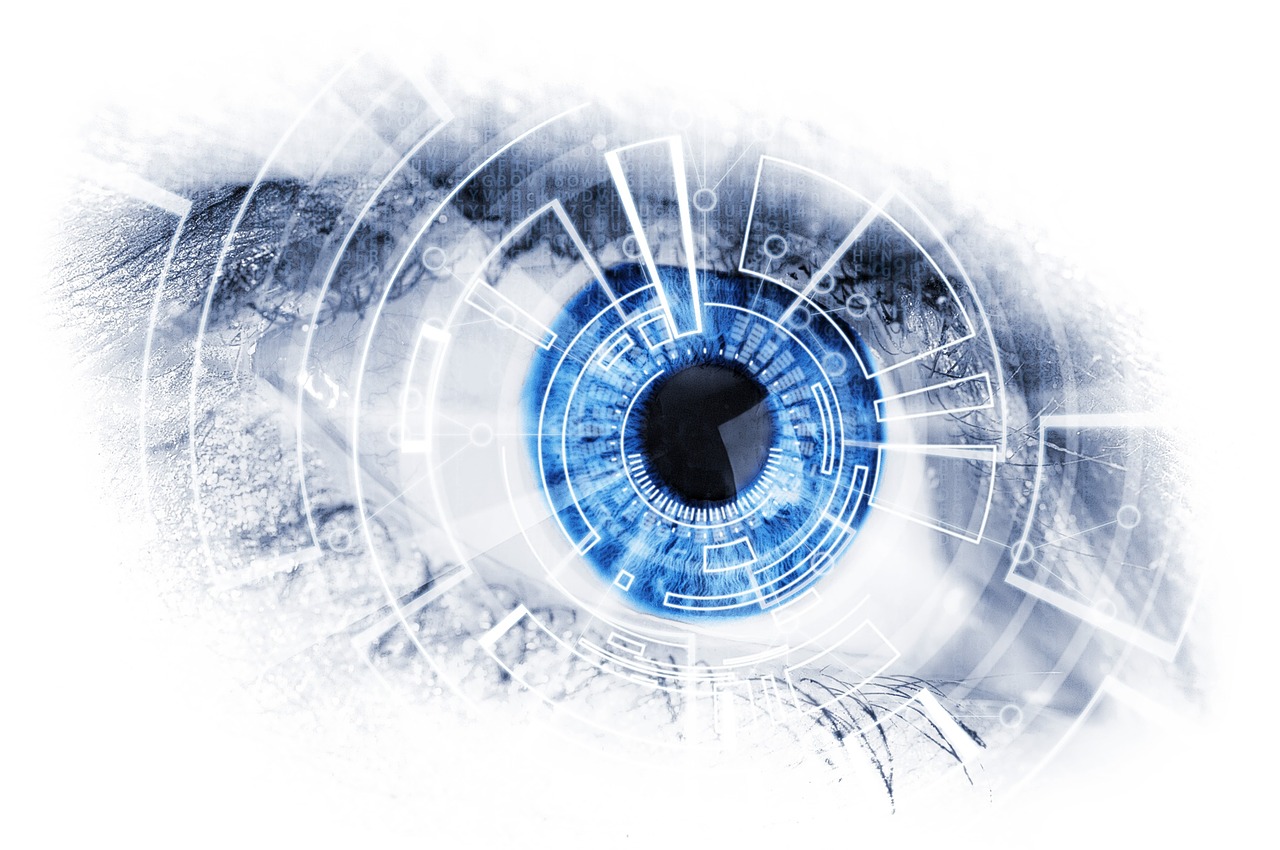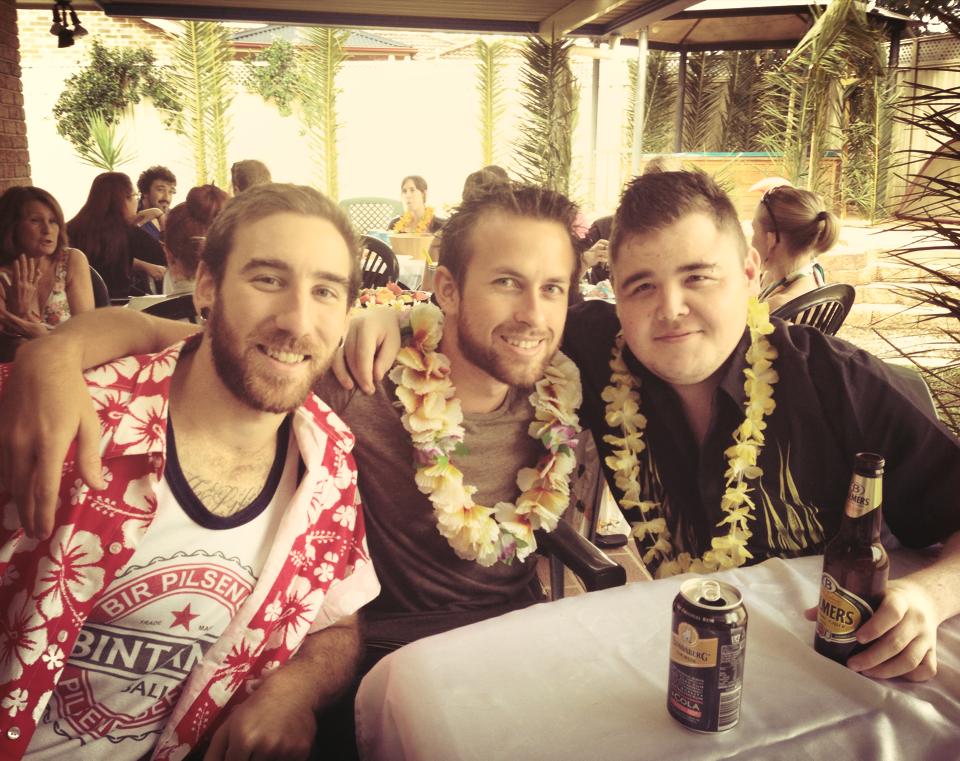Sight Not Seen - Part I
by Exodus_AU
Posted on 2019-09-12

Welcome to Part I of ‘Sight Not Seen’. This project is very dear to me as it has been a collaboration with my best friend.
Meet Conor; Conor went blind at the age of 12 and has been using a white cane for navigating since then.
 Left to Right: Guy, Kyle, Conor
Left to Right: Guy, Kyle, Conor
Conor fortunately did get to experience one of the greatest parts of having sight and saw a pair of boobs before it happened. Thank goodness!
About a year ago, over a “few” drinks, Conor and I were discussing how he walks with a hunch due to his white cane only picking up ground to waist obstacles and doesn’t help with overhead challenges such as branches.
A couple more drinks and we were discussing ways to make this challenge less of a burden. Now I am not saying we create a new medical device to replace white canes or guide dogs… No, let's make a device to assist and make life just a little bit easier.
Sight Not Seen was born.
We began prototyping the next day; lots of research into existing technologies, design aspects and the right balance of functionality.
The overall solution we decided should be a wearable device that isn’t dependent on user interaction. The concept being narrowed down to either a hat or glasses as we needed to keep the device around head height.
We went with the harder design of glasses.
After researching smart glasses, it appeared very quickly that all designs had the following flaws as if the designers had not spoken to a blind person:
- They were bulky.
- They were ugly.
- They required some form of user input and were overly complicated.
- Most of all, they were expensive.
The thing that became important to me was the ability in which we could scale the project, why stop at just head height obstacles? Why not implement a ring (or similar) which can detect stairs, drop offs, etc.?
Stay tuned for Part II where we talk about the build and design.
Signing out,
Exodus_AU
Powered by Froala Editor